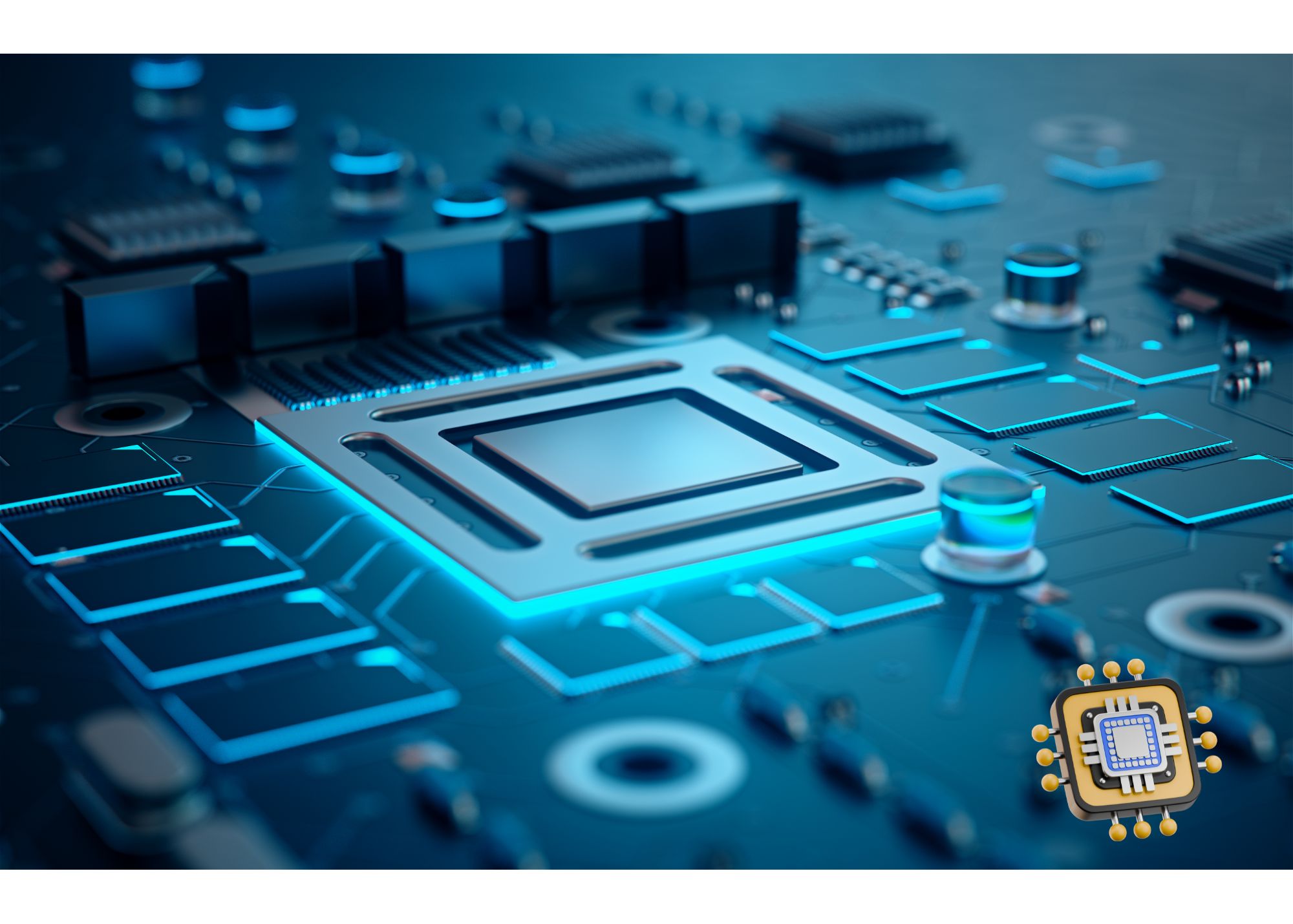Is Micron the Smartest Way to Ride the AI Chip Boom?
Micron Technology has been one of the biggest winners of 2025 so far. The stock has rocketed by almost 3x year to date, as investors wake up to the fact that memory chips, once seen as boring, cyclical commodities, are now an indispensable backbone of the AI revolution.
The chipmaker’s DRAM and NAND memory chips are quietly powering the world’s largest data centers, from Microsoft’s Azure clusters to Google’s AI training servers.
And while Micron has always lived in the shadow of Nvidia’s GPUs, it’s now clear that the AI arms race can’t run without Micron’s high-bandwidth memory technology feeding those processors with massive volumes of data at lightning speed.
Key Points
-
AI servers need far more memory, turning Micron’s once-cyclical chip business into a long-term growth story.
-
Limited DRAM capacity and soaring demand pushed EPS up 538% and revenue up 49% in fiscal 2025.
-
Despite a 3x rally, Micron trades at near 15x forward earnings.
AI Data Centers Are Driving a Structural Shift
Historically, Micron’s business has been notoriously cyclical. Demand for memory and storage chips rises and falls with global tech spending, leading to boom-and-bust cycles that have kept the stock volatile. But something has changed, AI workloads have altered the supply-demand equation.
Right now, hyperscalers like Microsoft, Google, and Amazon are racing to expand data center capacity to meet surging demand for AI inference and training. The bottleneck isn’t just GPUs anymore, it’s memory bandwidth. Every new generation of Nvidia and AMD chips consumes dramatically more DRAM, and that’s where Micron’s cutting-edge HBM3E chips come in.
According to TrendForce, AI servers can require up to eight times more DRAM than traditional cloud servers. That means Micron’s addressable market is expanding even faster than the broader semiconductor sector. In short, Micron isn’t just catching a cyclical updraft, it’s riding a structural supercycle.
Tight Supply, Explosive Profits
Micron’s most recent earnings report underscored just how powerful this shift has been. Revenue for fiscal 2025 jumped almost 50% year over year to a record $37 billion, and adjusted earnings per share soared 538% to $8.29.
CEO Sanjay Mehrotra recently noted that “AI-driven demand is accelerating, and industry DRAM supply is tight.” That’s not just corporate optimism, it’s a sign of genuine pricing power in a segment that has historically struggled with gluts and markdowns.
DRAM manufacturers, including Samsung and SK Hynix, have been slow to bring new capacity online, partly due to the immense complexity of next-gen memory manufacturing. This supply discipline is allowing Micron to sustain margins that analysts didn’t think were possible a year ago.
Analysts Are Scrambling to Catch Up
Perhaps the most overlooked story here is how quickly Wall Street’s models are being rewritten. A year ago, consensus forecasts saw Micron as a low-growth memory supplier earning mid-single-digit margins. Today, analysts expect 65% annualized earnings growth over the next few years.
Despite the rally, Micron’s valuation still looks surprisingly reasonable. Shares trade for roughly 15x future earnings, a modest multiple for a company that could double profits again within two years. Compare that to Nvidia, which trades at more than triple that valuation, and Micron suddenly looks like one of the few reasonably priced AI plays left on the board.
Micron No Longer Cyclical?
For decades, Micron has been a cyclical player at the mercy of memory pricing. But the rise of AI has turned that playbook on its head. With data center demand surging, DRAM supply constrained, and high-bandwidth memory becoming as strategic as GPUs, Micron’s position in the AI supply chain looks stronger than ever.
If AI truly becomes the next industrial revolution, and all signs suggest it’s well on its way, Micron may quietly emerge as one of its biggest long-term winners.



